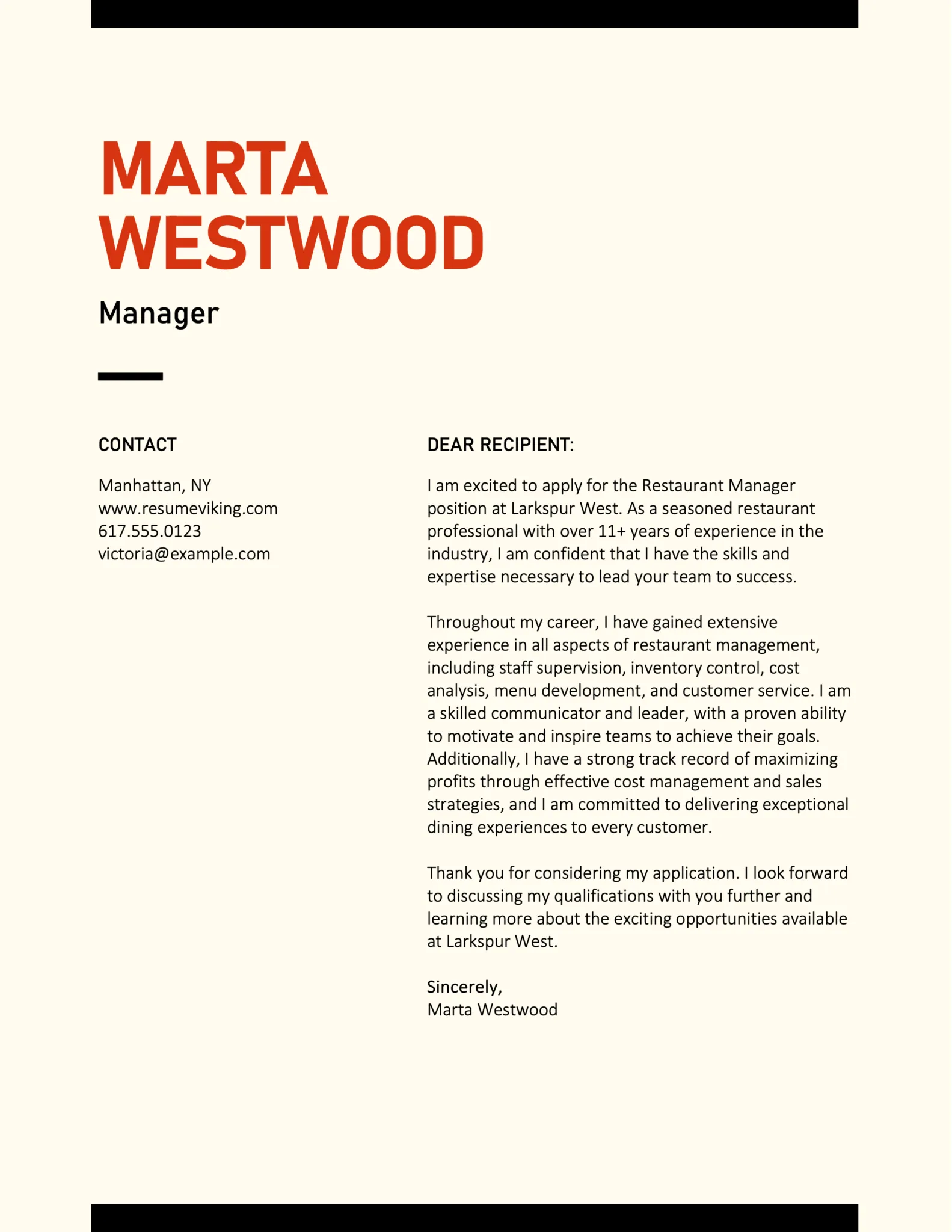Why Cover Letter Copy & Paste Matters
In the fast-paced world of job applications, efficiency is key. The practice of cover letter copy and paste has become increasingly prevalent, offering a practical solution for job seekers aiming to streamline their application process. However, it’s essential to understand how to use this technique effectively. This guide provides a comprehensive overview, ensuring you can leverage copy and paste while still making a strong impression on potential employers. When done correctly, this approach can be a powerful tool in your job search arsenal, saving you time and improving your chances of landing an interview.
The Benefits of Cover Letter Copy & Paste
The primary advantage of cover letter copy and paste is its ability to optimize your job search strategy. By reusing certain sections of your cover letter, you can avoid the time-consuming task of rewriting the same information repeatedly. This method is particularly beneficial when applying for multiple positions with similar requirements or when you’re targeting a variety of companies in the same industry. Instead of spending hours crafting each cover letter from scratch, you can focus on the most important parts, such as tailoring the content to the specific job requirements and demonstrating your unique value proposition.
Save Time and Effort
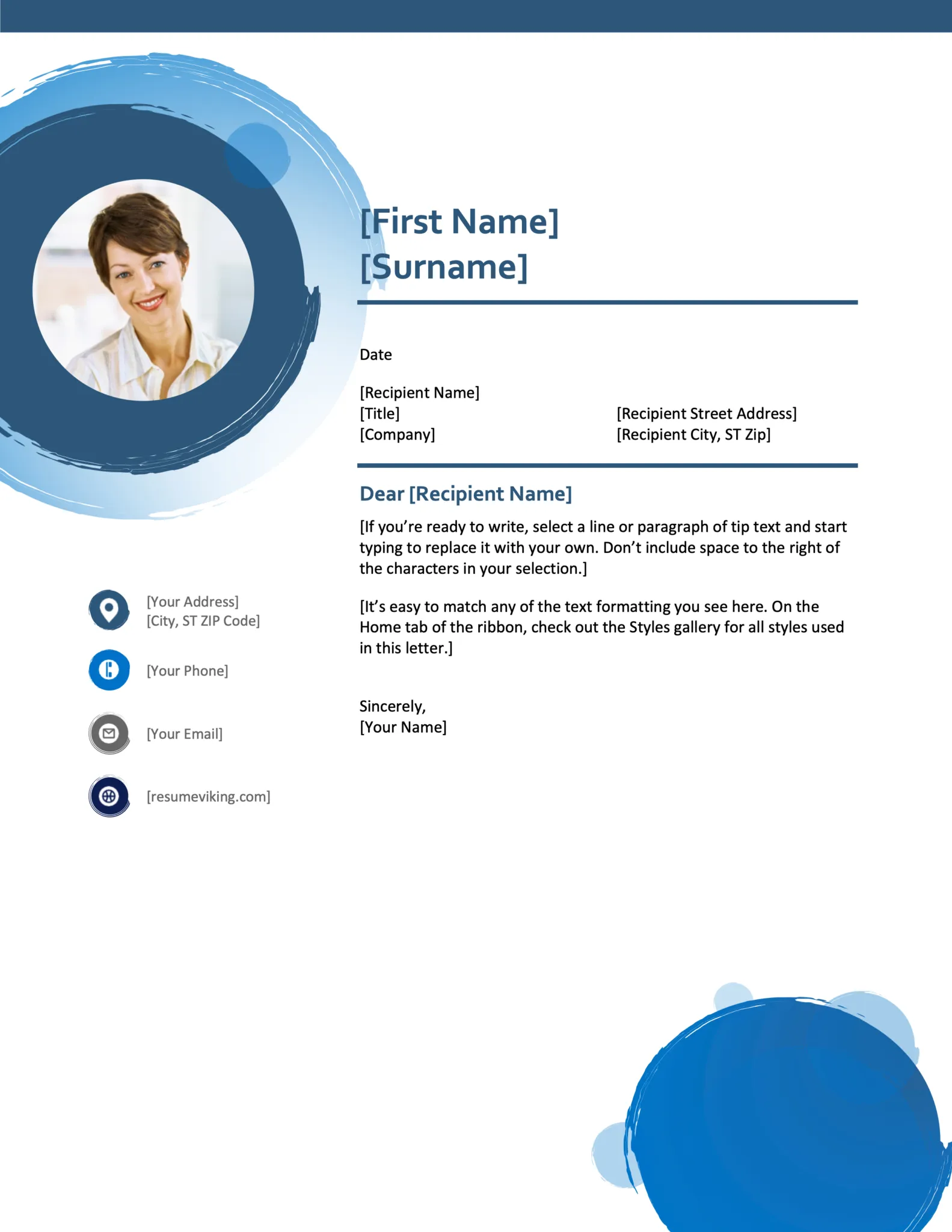
The most immediate benefit is the significant reduction in time and effort. Crafting a compelling cover letter from scratch can take hours, especially if you’re meticulous about tailoring it to each job. By using a cover letter template and copying and pasting relevant sections, you can dramatically reduce the time spent on each application. This allows you to apply for more jobs, increasing your chances of getting hired. Consider the time savings as an investment that enables you to focus on other crucial aspects of your job search, such as networking, interview preparation, and updating your resume. Time is a valuable resource, and strategic copy and paste can help you manage it effectively.
Increase Application Volume
With time saved, you can apply for more jobs. The more applications you submit, the higher your chances of securing interviews. Many job seekers find themselves in a numbers game. By applying for a larger volume of positions, you increase the likelihood of getting noticed by recruiters and hiring managers. This strategy is especially helpful when you are new to the job market or seeking a career change. The ability to quickly customize templates and submit applications allows you to cast a wider net and explore more opportunities.
Cover Letter Copy & Paste: Step-by-Step Guide
Mastering the art of cover letter copy and paste requires a structured approach. It’s not just about blindly copying and pasting; it’s about strategically using pre-written content to create a personalized cover letter that resonates with each employer. The following steps will guide you through the process, ensuring your cover letters are impactful and professional, increasing your chances of landing your dream job. Start with a solid foundation, follow the steps, and you’ll be well on your way to crafting effective cover letters quickly and easily.
Find the Right Template
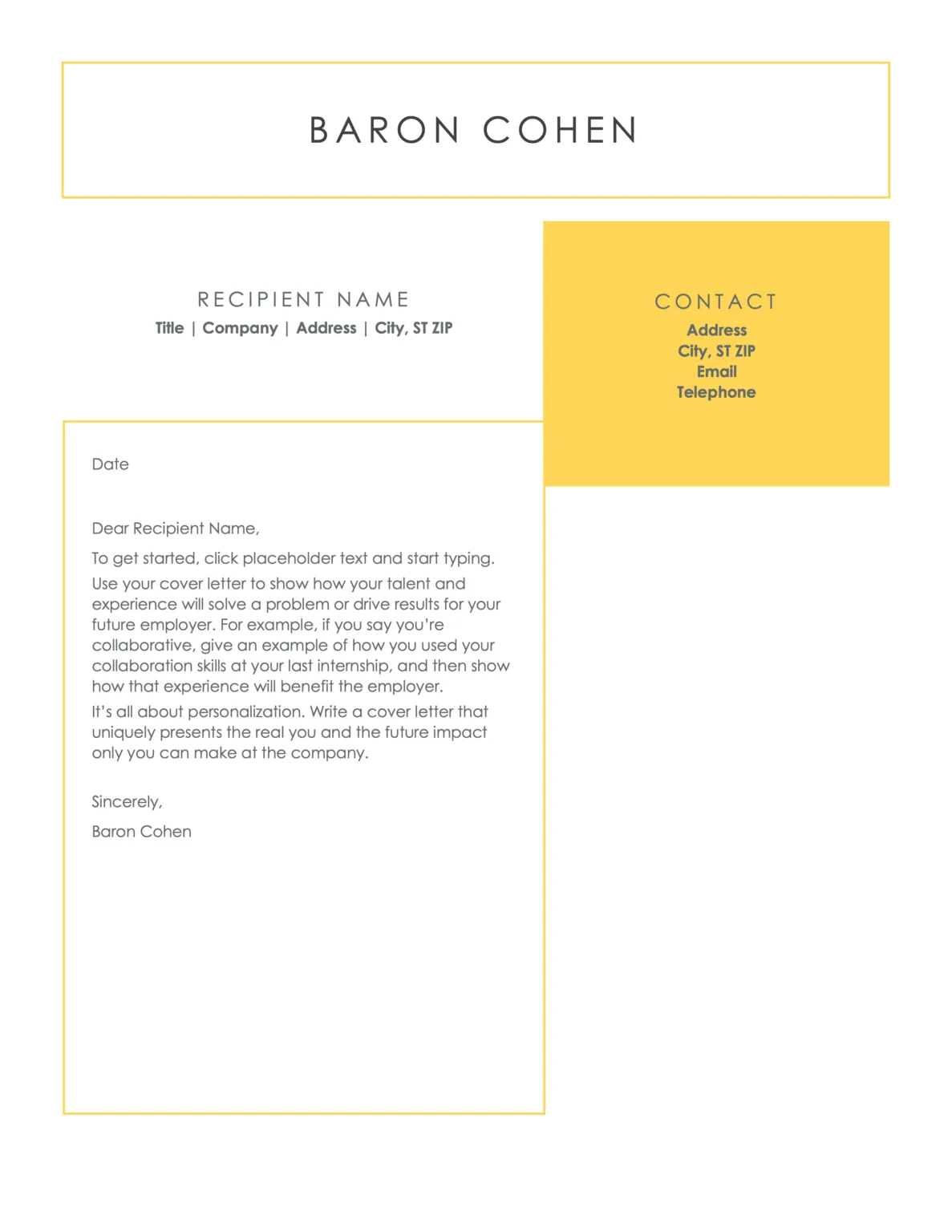
The foundation of effective cover letter copy and paste is a strong template. A well-designed template provides a framework that you can adapt to various job applications. Look for templates that are professional, easy to read, and organized. This template should include sections for your contact information, a professional greeting, a compelling opening paragraph, a body that highlights your skills and experience, and a call to action. Choosing a template that aligns with the industry and the specific job requirements is also crucial.
Where to Find Cover Letter Templates
Numerous resources offer high-quality cover letter templates. Websites such as Microsoft Word, Google Docs, and dedicated job search platforms often provide a wide range of templates. Additionally, many professional resume and cover letter writing services offer templates that are designed to help you stand out. Consider your industry and the specific job you’re applying for when selecting a template. Templates can vary in style, from formal to creative, so choose one that best represents your brand and the company culture.
Select and Customize the Template
Once you have chosen a template, the next step is to customize it to fit your needs. This involves adding your personal details, such as your name, contact information, and professional title. Ensure the template’s layout is clean and easy to navigate, and the formatting is consistent throughout. Customize the font style and size to maintain consistency throughout the document. The goal is to create a polished and professional appearance. A well-customized template serves as the groundwork for your cover letter, setting the tone for the rest of the document and making a positive first impression on potential employers.
Personalize the Template for Each Job
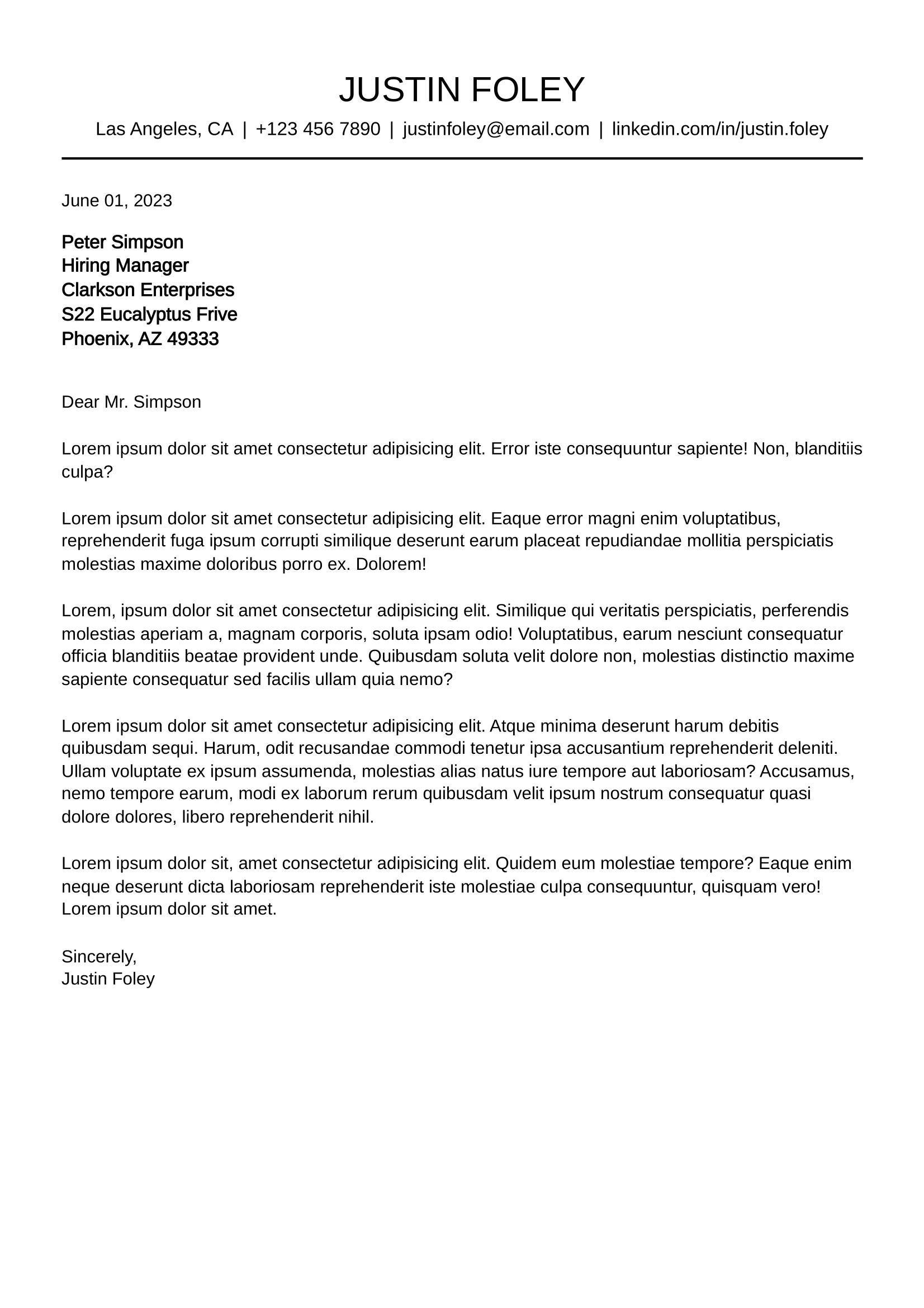
The essence of effective copy and paste lies in personalization. While the template provides the structure, you must tailor the content to each job application. This is where you highlight your skills, experience, and achievements relevant to the specific job requirements. Use keywords from the job description to demonstrate that you’ve read the job posting carefully and understand the company’s needs. Avoid using a generic cover letter. Research the company and tailor your letter to show that you’re genuinely interested in the position and the organization. This degree of personalization differentiates you from other applicants.
Formatting Your Cover Letter
Proper formatting is crucial for presenting a professional cover letter. A well-formatted document is easy to read and reflects attention to detail. This is what will determine the success of your copy and paste endeavors. The formatting must be consistent across the entire document. Using a template that is pre-formatted will help you avoid many common formatting mistakes. Ensure the layout is visually appealing and easy to navigate, so hiring managers can quickly grasp the key points of your experience and qualifications.
Font and Style
Choose a professional and readable font, such as Arial, Times New Roman, or Calibri. The font size should be between 10 and 12 points to ensure readability. Maintain consistency with the font and style throughout the document. Avoid using multiple fonts, as this can make your cover letter look disorganized. Use bold and italics sparingly to highlight important information. This will help you maintain a cohesive and professional look.
Margins and Spacing
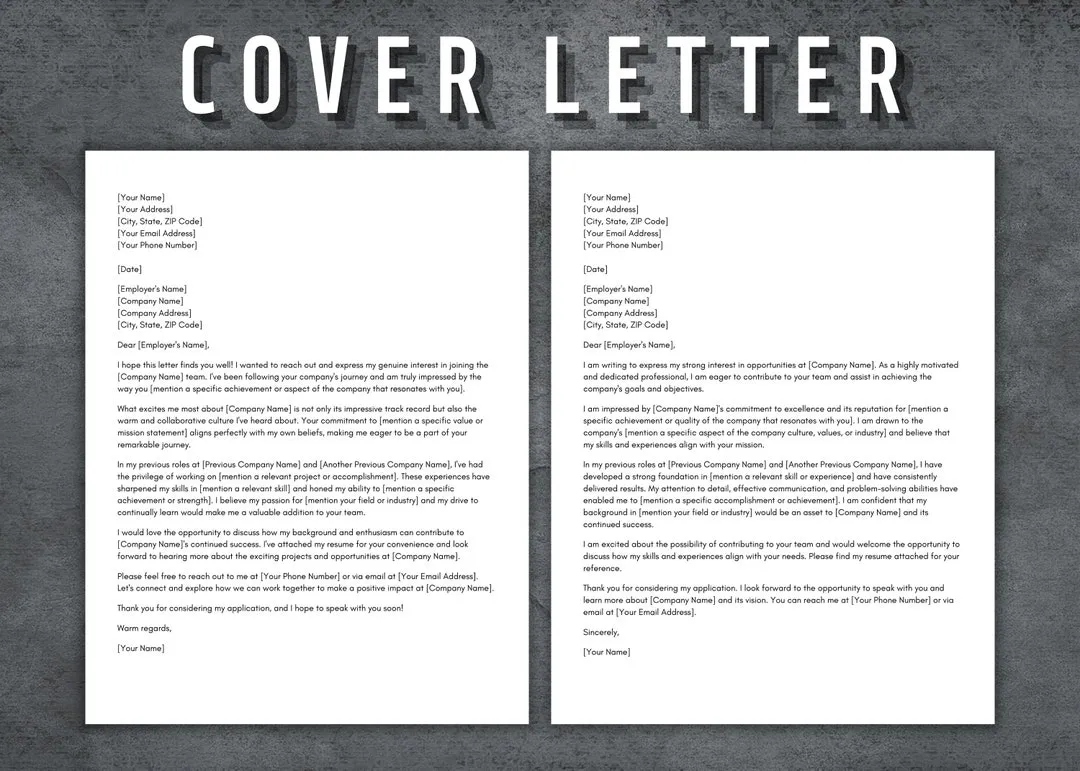
Set standard margins (1 inch on all sides) to provide enough white space. Ensure single or 1.15 line spacing for easy reading. Use consistent spacing between paragraphs and sections to create a clean and organized layout. Proper margins and spacing enhance the overall visual appeal of your cover letter and improve its readability. Ensure consistency across all your cover letters to maintain a professional image.
Content to Copy and Paste
Strategic use of copy and paste involves identifying sections of your cover letter that can be reused across multiple applications. This might include your contact information, a brief summary of your skills, and a call to action. The goal is to save time while ensuring that the essential parts of your cover letter are always present and correctly formatted. By focusing on what can be reused, you can spend more time personalizing your cover letters for each job, ensuring they align with specific job requirements. Here’s a guide on how to approach this effectively.
Your Contact Information
Your contact information is a standard element. This should be consistent across all applications. Include your full name, phone number, email address, and LinkedIn profile URL. Make sure your email address is professional. Ensure that this information is accurately and consistently presented. Place your contact information at the top of the cover letter and ensure it is easily visible to the hiring manager.
Greeting the Hiring Manager
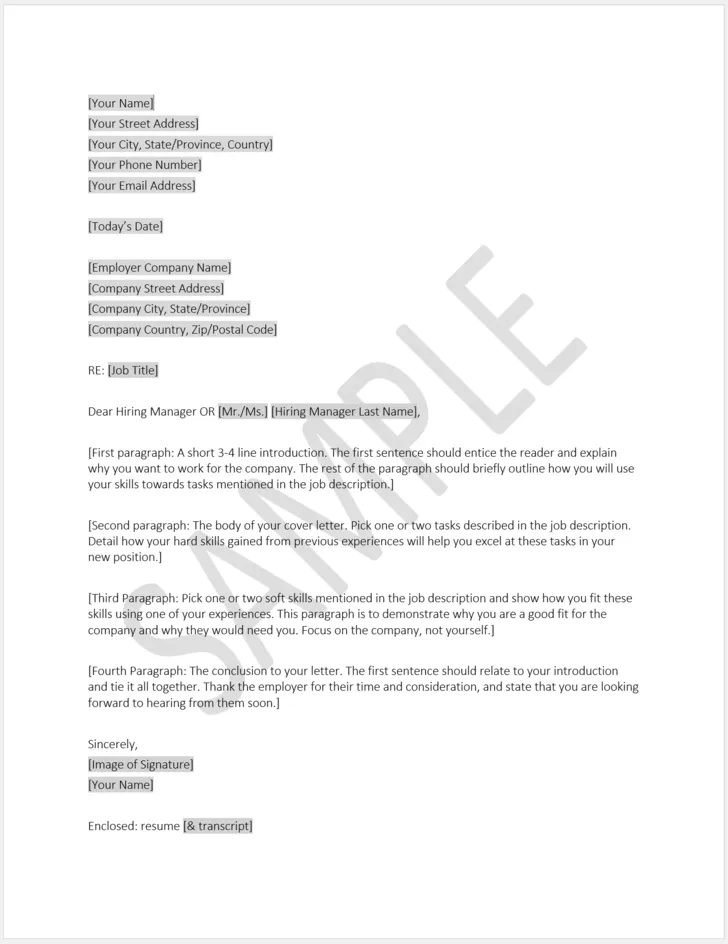
Use a professional greeting, such as ‘Dear [Hiring Manager Name]’ or ‘Dear [Company Name] Hiring Team’. If you do not know the hiring manager’s name, research the company or use a general greeting like ‘Dear Hiring Manager’. Avoid generic greetings like ‘To Whom It May Concern’. Personalizing the greeting shows you’ve done your research and helps create a good first impression. The more personalized the greeting, the more likely you are to grab their attention.
Highlighting Your Skills and Experience
This is the core of your cover letter. Prepare a pre-written section highlighting your most relevant skills and experiences. This might include brief descriptions of your accomplishments, specific projects, or key responsibilities from your previous roles. While you can copy and paste this section, you must tailor it to each job. Modify the content to align with the job description and showcase the skills and experience that are most relevant to the employer. Use keywords from the job posting to ensure your application gets noticed.
Expressing Your Enthusiasm
Expressing enthusiasm for the role and the company is essential. Prepare a general statement about your interest in the position, the company’s mission, or its values. This statement can be adjusted and used in multiple cover letters. Customize it to show your genuine interest in each specific job. Research the company and tailor the content to reflect your knowledge of their business and your excitement about the opportunity. Demonstrate how your skills and experience align with the company’s goals and culture. Be specific and genuine in your expression.
Call to Action
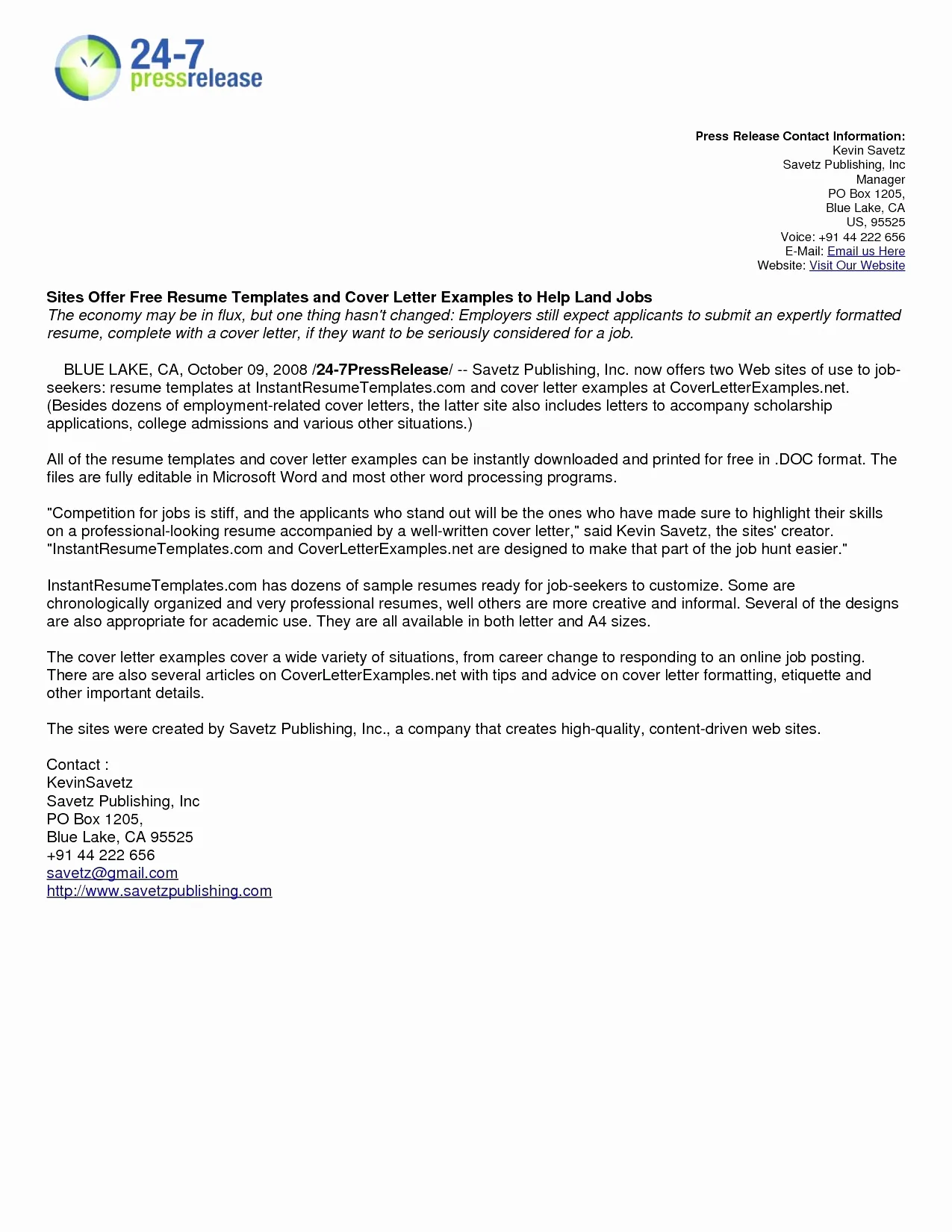
Include a clear call to action. This could be a statement encouraging the hiring manager to review your resume or schedule an interview. Make sure your call to action is direct, professional, and focused. Example: ‘Thank you for your time and consideration. I am eager to discuss how my skills and experience can contribute to [Company Name]’s success. I look forward to hearing from you soon.’ A strong call to action encourages the hiring manager to move forward with your application. Always express gratitude for their time and consideration.
Avoiding Common Mistakes with Cover Letter Copy & Paste
Even with the benefits, it is important to know the pitfalls of cover letter copy and paste. Several mistakes can undermine your application. Being aware of these issues and taking steps to avoid them can significantly improve your chances of success. The goal is to use this technique as a tool that enhances your application and showcases your suitability for the job.
Generic Content
Avoid using generic content. Cover letters that are too generic fail to impress the hiring manager. Generic phrases and clichés make it difficult for you to stand out. Instead, focus on the value you bring to the company and how your skills align with their needs. Personalize your cover letter by referencing specific projects, accomplishments, and goals. Highlight unique skills and experiences. Make sure each cover letter is tailored to show that you understand the role and the company.
Typos and Errors
Typos and grammatical errors can significantly damage your credibility. Proofread your cover letter carefully to ensure there are no mistakes. Before submitting your application, double-check for any errors. Use spell-check tools and, when possible, have someone else review your cover letter. Errors, however minor, can suggest a lack of attention to detail and may disqualify your application.
Not Customizing Enough
The most significant mistake is not customizing your cover letter enough. Over-reliance on copying and pasting without adaptation can result in a generic letter that doesn’t address the specific job requirements. If the cover letter looks like it could have been sent to any company, it is unlikely to succeed. Always take the time to customize your cover letter for each job. Customize it to highlight relevant skills, experiences, and accomplishments. Research the company and demonstrate your understanding of the company and the position.
Proofreading and Editing Your Cover Letter
Effective proofreading and editing are essential steps in ensuring that your cover letter is error-free and compelling. Regardless of your strategy, reviewing and refining your cover letter is important for a professional and polished presentation. Proofreading is an essential process that is critical to your success. Before submitting any application, be sure to allocate sufficient time for proofreading, making sure you present your best self.
Tools for Proofreading
Utilize various tools to proofread your cover letter. Spell checkers and grammar checkers are indispensable. These tools can help you identify and correct any spelling or grammatical errors. Use online proofreading tools like Grammarly or ProWritingAid, which offer advanced features and analysis. These tools check for tone, style, and clarity, helping you refine your writing. These tools can quickly highlight common mistakes, improving your chances of catching errors before they are seen by a hiring manager.
Get a Second Opinion
Always seek a second opinion. Have a friend, family member, or career advisor review your cover letter. Another pair of eyes can catch errors that you may have missed. This helps to ensure that your cover letter is free from mistakes and conveys your message effectively. Ask your reviewers for feedback on clarity, grammar, and overall presentation. Getting a second opinion can dramatically increase your application’s overall impact. Take the feedback and use it to refine your cover letter and improve your overall application.
